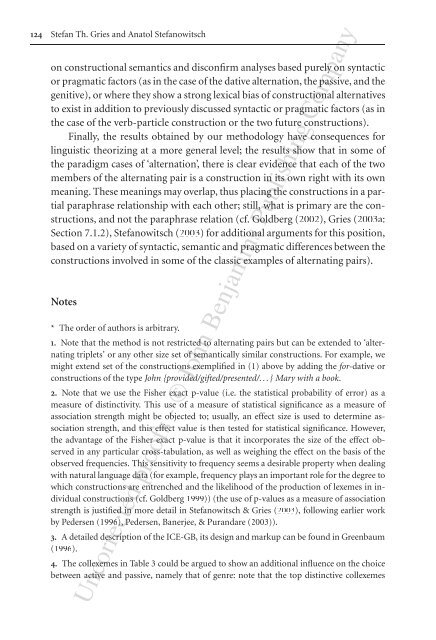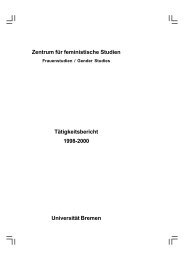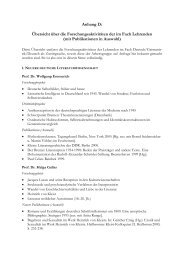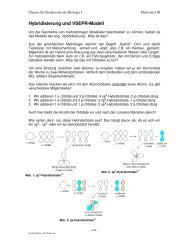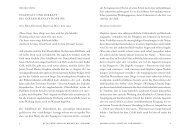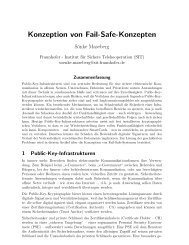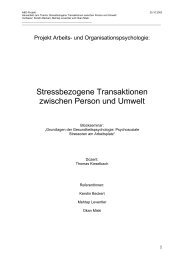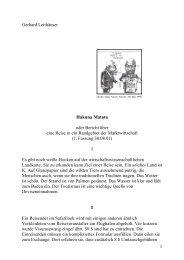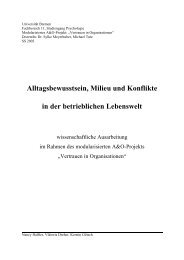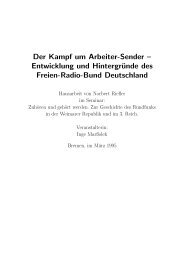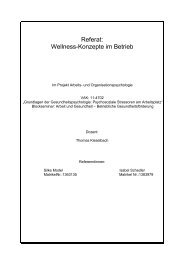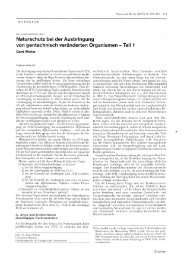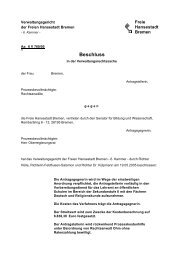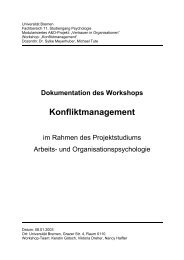Extending collostructional analysis - www-user
Extending collostructional analysis - www-user
Extending collostructional analysis - www-user
Create successful ePaper yourself
Turn your PDF publications into a flip-book with our unique Google optimized e-Paper software.
124 Stefan Th. Gries and Anatol Stefanowitsch<br />
on constructional semantics and disconfirm analyses based purely on syntactic<br />
or pragmatic factors (as in the case of the dative alternation, the passive, and the<br />
genitive), or where they show a strong lexical bias of constructional alternatives<br />
to exist in addition to previously discussed syntactic or pragmatic factors (as in<br />
the case of the verb-particle construction or the two future constructions).<br />
Finally, the results obtained by our methodology have consequences for<br />
linguistic theorizing at a more general level; the results show that in some of<br />
the paradigm cases of ‘alternation’, there is clear evidence that each of the two<br />
members of the alternating pair is a construction in its own right with its own<br />
meaning. These meanings may overlap, thus placing the constructions in a partial<br />
paraphrase relationship with each other; still, what is primary are the constructions,<br />
and not the paraphrase relation (cf. Goldberg (2002), Gries (2003a:<br />
Section 7.1.2), Stefanowitsch (2003) for additional arguments for this position,<br />
based on a variety of syntactic, semantic and pragmatic differences between the<br />
constructions involved in some of the classic examples of alternating pairs).<br />
Notes<br />
* The order of authors is arbitrary.<br />
1. Note that the method is not restricted to alternating pairs but can be extended to ‘alternating<br />
triplets’ or any other size set of semantically similar constructions. For example, we<br />
might extend set of the constructions exemplified in (1) above by adding the for-dative or<br />
constructions of the type John{provided/gifted/presented/...}Marywithabook.<br />
2. Note that we use the Fisher exact p-value (i.e. the statistical probability of error) as a<br />
measure of distinctivity. This use of a measure of statistical significance as a measure of<br />
association strength might be objected to; usually, an effect size is used to determine association<br />
strength, and this effect value is then tested for statistical significance. However,<br />
the advantage of the Fisher exact p-value is that it incorporates the size of the effect observed<br />
in any particular cross-tabulation, as well as weighing the effect on the basis of the<br />
observed frequencies. This sensitivity to frequency seems a desirable property when dealing<br />
with natural language data (for example, frequency plays an important role for the degree to<br />
which constructions are entrenched and the likelihood of the production of lexemes in individual<br />
constructions (cf. Goldberg 1999)) (the use of p-values as a measure of association<br />
strength is justified in more detail in Stefanowitsch & Gries (2003), following earlier work<br />
by Pedersen (1996), Pedersen, Banerjee, & Purandare (2003)).<br />
3. A detailed description of the ICE-GB, its design and markup can be found in Greenbaum<br />
(1996).<br />
4. The collexemes in Table 3 could be argued to show an additional influence on the choice<br />
between active and passive, namely that of genre: note that the top distinctive collexemes<br />
Uncorrected proofs - © John Benjamins Publishing Company


